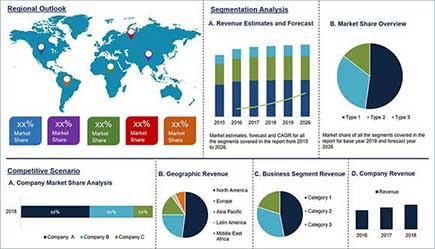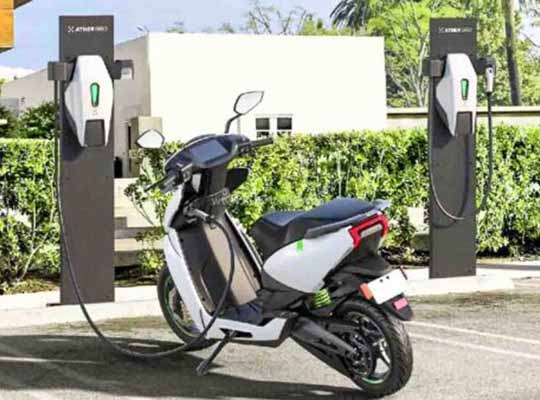According to a new research published by Polaris Market Research the electric scooter market is anticipated to reach over USD 51,324 million by 2026. In 2017, the retro product segment dominated the global market, in terms of revenue. Asia-Pacific is expected to be the leading contributor to the global market revenue during the forecast period.
Several stringent vehicular emission norms passed by governments worldwide have boosted the adoption of electric scooters. Growing concerns regarding environment, depleting fuel resources, and increasing need to reduce fuel consumption further support the growth of this market. Additionally, the increasing acceptance and high success rates of electric cars have encouraged market players to apply similar technologies in the two wheeler segment and optimize performance. Increasing investments by vendors in technological advancements coupled with decreasing prices of Li-ion batteries and powertrain components would reduce the overall cost of these vehicles in the coming years, further boosting the market growth.

The demand for electric scooters has increased significantly over the years owing to increasing prices of gasoline across the globe. The exponential growth in the prices of gasoline and diesel owing to the depleting fossil fuel reserves has encouraged consumers to switch to electric scooters. Limited availability of public charging infrastructure for electric vehicles has limited the adoption of these vehicles in the past. However, with significant government initiatives and substantial investments, the development of public charging infrastructure has accelerated significantly.
Governments all across the world are taking initiatives to promote the adoption of electric vehicles. Countries such as China, India, France, and the U.S. have invested significantly in the development of charging infrastructure to support market growth. Governments have also introduced stringent regulations regarding vehicular emissions to encourage the use of electric vehicles. In 2016, Canada invested $62.5 million to support electric vehicle (EV) and alternative fuel infrastructure. It also aims to invest $16.4 million for development of more than 80 new charging units for electric vehicles, along with development of natural gas and hydrogen refueling stations along key transportation corridors. In August 2012, the Government of India approved an investment of 230 billion rupees in the development of electric and hybrid vehicle production and aims a target of 6 million vehicles by 2020. These initiatives by the government are expected to accelerate the adoption of electric vehicles in the coming years.
Asia-Pacific generated the highest revenue in the market in 2017, and is expected to lead the global market throughout the forecast period. The increasing disposable incomes in developing countries of this region, and rising environmental concerns drive the market growth in the region. The increasing population of vehicles and adoption of vehicular emission standards of the U.S. and European Union by Asia-Pacific countries further promotes the adoption of electric scooters. Development of public charging infrastructure further supplements growth in the region. Local players are introducing low cost electric scooters with high performance. Numerous key players have adopted partnership and expansion strategies to increase their market share in electric scooter markets of the Asia-Pacific region.
The different battery types used in electric scooters include lead-acid, li-ion, NiMH, and others. In 2017, the lead-acid segment accounted for the highest market share. Lead-acid batteries are commonly used as a source of battery in electric scooters. They are comparatively cheaper than other batteries but offer low kilowatt-hours of energy storage per kilogram of weight. These batteries are inexpensive, reliable, and safe. However, these batteries offer low specific energy, short life cycle, and poor cold-temperature performance, which restrict its use in major applications. These batteries could be easily replaced by lithium-ion batteries in the coming years, however, automakers use it in vehicles owing to its low cost.
The well-known companies profiled in the report include Honda Motor Co. Ltd., Brammo, Inc., AllCell Technologies, LLC, Mahindra GenZe, Terra Motors Corporation, Yamaha Motor Company Limited, Suzuki Motor Corporation, KTM AG, Peugeot Scooters, Jiangsu Xinri E-Vehicle Co. Ltd., Green Energy Motors Corp., and BMW Motorrad International among others. These companies launch new products and collaborate with other market leaders to innovate and launch new products to meet the increasing needs and requirements of consumers.
View More Information About Electric Scooter Market @ https://www.polarismarketresearch.com/industry-analysis/electric-scooter-market/request-for-sample













